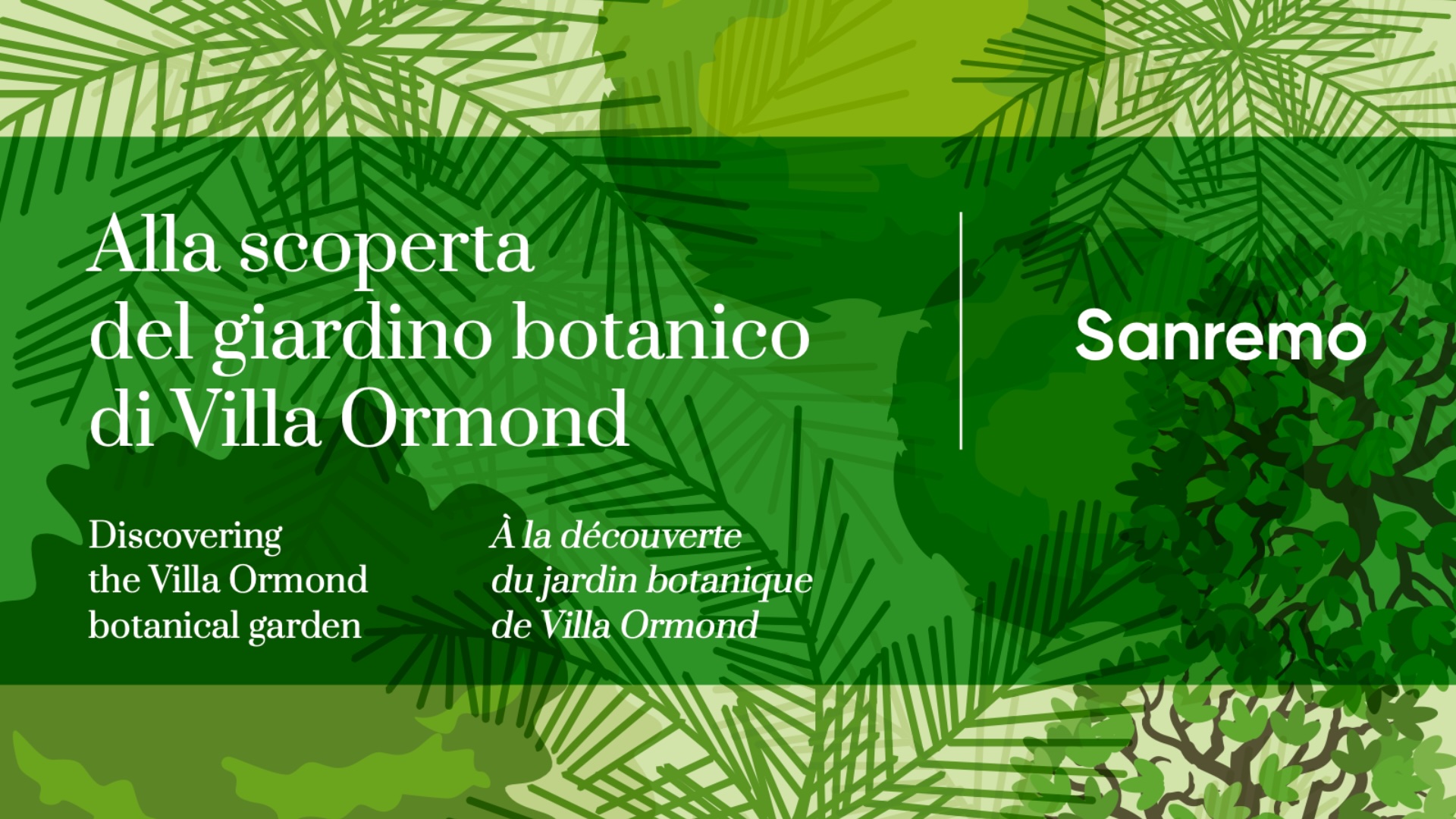Of uncertain etymology, complicated by the fact that both the Latin term, cedrus, and the Greek term, κέδρος cédros, have been used to refer to different species now included in the genera Cedrus and Juniperus. Of probable Semitic origin, many point out the assonance with the Hebrew אֶרֶז héder, mentioned several times in the Bible, and with the Arabic قطران qaṭrān = resin. The specific term alludes to the area of origin.
| Common name | Cedar of Lebanon |
| Origin | It grows in the mountains of Lebanon and Anatolia, but it is increasingly rare to find it in the forest. |
|
Description |
A large, erect, robust tree that can exceed 30 metres in height, its appearance is distinguished from others by the bearing of its branches, which are at first horizontal, then become almost as long as the tree and turn upwards, giving the plant the shape of a candelabrum. The leaves are placed on the brachyblasts, i.e. the shorter branches with a short nodal distance and are, in turn, borne by the macroblasts, i.e. the longer, thicker and larger branches. The tip arrow often bends horizontally and forms umbelliform planes; twigs with reduced dart-like ramuli, ending in a tuft of 15-50 fascicled, persistent, needle-shaped, green, 2-3 cm long leaves. Monoecious species, with male organs in sessile, glaucous, erect catkins. Female strobili consisting of subsessile, globose, obtuse cones, 7-10 centimetres high and 4-7 centimetres wide, composed of compact, woody scales. The cedar of Lebanon is mentioned in the Bible numerous times, and carries various symbolic meanings. . |

